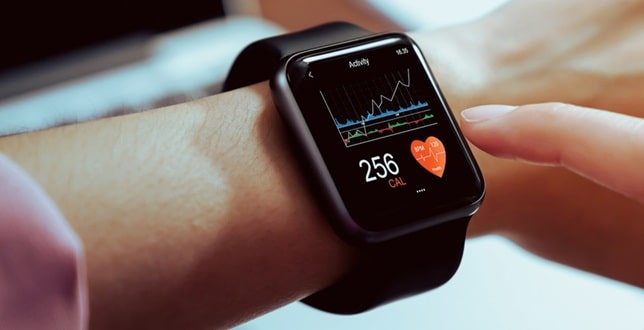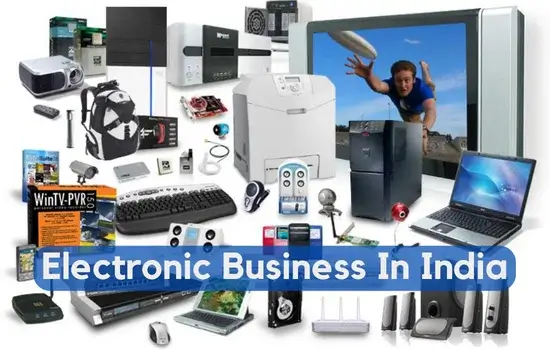Wearable technology has rapidly evolved from simple fitness trackers into indispensable tools that revolutionize how businesses operate across industries. These devices, ranging from smartwatches and biometric sensors to augmented reality glasses, are transforming employee health monitoring, productivity enhancement, and operational efficiency.
However, along with these advantages come significant compliance and privacy challenges that organizations must address to fully benefit from wearable technology.
Unlocking Business Opportunities Through Wearable Technology

The adoption of wearable tech presents businesses with unprecedented opportunities.
First and foremost, wearables offer real-time data collection that enhances employee health and workplace safety. In industries such as construction, manufacturing, and logistics, wearable devices monitor vital signs like heart rate, body temperature, and environmental factors such as gas exposure or noise levels. This immediate feedback allows workers and supervisors to identify risks early, preventing accidents and minimizing downtime. As a result, companies can reduce workplace injuries and associated costs while fostering a safer work environment.
In addition to safety, wearables support productivity by enabling personalized wellness initiatives. Devices that track stress levels, fatigue, and activity patterns provide actionable insights, allowing companies to tailor work schedules and wellness programs to improve employee focus and reduce burnout. For example, managers might adjust break times or workloads based on biometric data, thereby improving morale and output.
Moreover, wearables streamline training and operational processes. Augmented reality (AR) glasses, for instance, grant workers hands-free access to instructions and allow remote experts to guide them through complex tasks. This technology accelerates training timelines, reduces errors, and improves maintenance accuracy in fields like manufacturing and healthcare.
The vast volume of data generated also empowers companies to make smarter strategic decisions. By analyzing trends and patterns from wearable devices, organizations can optimize workflows, forecast equipment maintenance needs, and enhance overall operational efficiency, key competitive advantages in today’s fast-paced market.
Addressing Privacy and Compliance Challenges in Wearable Tech Adoption
Despite these clear benefits, wearable technology introduces some compliance and privacy concerns that businesses must navigate carefully. Wearables often collect highly sensitive personal data, including biometric and location information, which requires stringent protections to comply with laws such as GDPR and HIPAA.
Data security is paramount. Organizations must implement robust encryption, secure storage, and access controls to prevent unauthorized use or breaches. Failure to safeguard this data not only risks legal penalties but can severely damage employee trust and company reputation.
Transparency is another crucial element. Employees need to be informed about what data is collected, how it will be used, and who can access it. Clear communication and obtaining informed consent are essential to avoid concerns about privacy violations or surveillance. This openness also promotes a culture of trust, which is vital for successful wearable adoption.
Additionally, industry-specific regulations add complexity. Healthcare providers must comply with strict confidentiality standards protecting patient data, while manufacturers need to follow occupational safety rules relevant to wearable usage. Understanding these varied legal requirements and aligning wearable tech policies accordingly is a critical step.
Continuous oversight through audits and monitoring ensures that wearable systems remain compliant over time. As regulations evolve and new risks emerge, organizations must regularly review data governance, security protocols, and device functionality. For businesses seeking detailed guidance on compliance frameworks and practical best practices, resources focusing on ensuring wearables compliance offer valuable insights to develop sound policies that balance innovation with responsibility.
Best Practices for Successfully Integrating Wearables in the Workplace
To maximize the benefits of wearable technology while managing associated risks, companies should adopt a comprehensive approach:
- Develop clear data policies: Establish transparent rules about data collection, storage, access, and usage tailored to the organization’s specific wearable applications.
- Engage employees early: Foster open dialogue to address privacy concerns and explain the benefits, building acceptance and trust.
- Collaborate with legal and compliance teams: Ensure wearable initiatives meet all regulatory requirements relevant to the industry and region.
- Invest in tailored cybersecurity: Implement protections designed specifically for wearable data flows and device vulnerabilities.
- Monitor and adapt continuously: Regularly assess wearable program effectiveness, compliance status, and emerging risks to stay ahead of challenges.
This holistic strategy helps create a supportive environment where wearable technology can thrive, delivering real business value without compromising ethical and legal standards.
Looking Ahead: The Future Role of Wearables in Business
As wearable devices become increasingly sophisticated, integrating artificial intelligence, machine learning, and ultra-fast connectivity like 5G, their business applications will expand dramatically. These advancements promise deeper insights, more seamless user experiences, and enhanced automation. However, they also elevate the importance of vigilant data management and compliance practices.
Businesses that successfully balance innovation with responsible data stewardship will gain a lasting competitive edge. By prioritizing both employee well-being and regulatory alignment, organizations can harness wearable technology to drive productivity, enhance safety, and cultivate a healthier, more engaged workforce.














